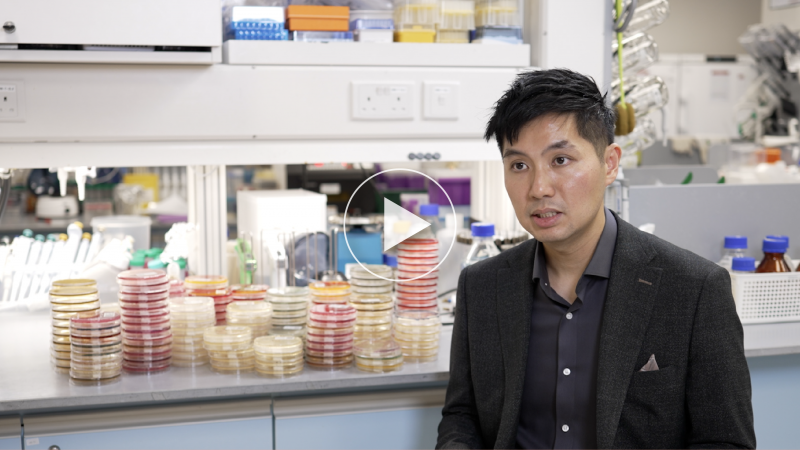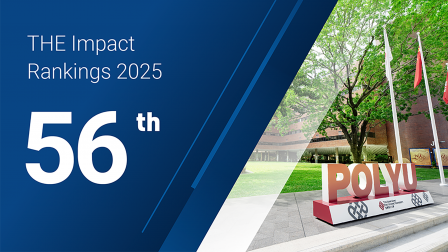Enhancing infectious disease prevention with PolyU’s genetic analysis technology
As superbugs and rapidly mutating viruses pose increasing threats to global health, the ability to accurately track and predict the spread of infectious diseases has become more critical than ever. At the forefront of this effort is Professor Gilman Siu Kit-hang from PolyU’s Department of Health Technology and Informatics. His team has developed a rapid genetic analysis technology that has played a key role in controlling outbreaks such as COVID-19 and melioidosis.
Building a genetic monitoring network to reduce local outbreaks
During the COVID-19 pandemic, Professor Siu’s team collected samples from hospitals and extracted nucleic acids from patients’ virus samples. By comparing genetic data across cases, they identified identical genes in cases of unknown origin, revealing hidden transmission chains. “From our genetic information, the Government successfully intercepted many major outbreak groups, which also helped them formulate public health policies,” Professor Siu recalled.
Currently, the team is collaborating with five clusters under the Hospital Authority to conduct genetic sequencing on samples of respiratory infections and multi-drug resistant bacteria. This initiative is constructing a large-scale infectious disease genetic monitoring network to reduce the risk of local outbreaks.

Prof. Siu’s team is collaborating with the Hospital Authority to conduct genetic sequencing on samples of respiratory infections and multi-drug resistant bacteria.
Conducting sewage monitoring for data analysis
Embracing the “One Health” concept – which recognises that human health is closely linked with the environment and animals – the team’s efforts extend beyond hospitals. Since 2023, PolyU has partnered with the Drainage Services Department to conduct territory-wide sewage monitoring. Using passive collection instruments jointly developed with the PolyU Industrial Centre, the team collects pathogens from sewage channels.
“We place the instrument in the sewage channel, retrieve it after about 24 hours, and then perform genetic extraction and sequencing on all the materials,” Professor Siu explained. The resulting data, analysed by supercomputers, is integrated into a vast genetic database containing over 30,000 viruses and bacteria genes.

A specially designed passive collection instrument was developed by Prof. Siu’s team, with 3D printing support from the PolyU Industrial Centre.
Harnessing AI for disease prediction
Artificial intelligence (AI) plays a crucial role in analysing the vast genetic data collected from hospitals, sewage, animals, and food samples. By leveraging AI, the team can predict changes in virus genes, support vaccine development, and address global public health threats.
“We can estimate how the flu virus will change next year and which virus strains may appear in Hong Kong. This allows us to develop more protective vaccines and prevent future pandemics,” Professor Siu said.

Supercomputers were used to analyse genetic data and predict changes in virus genes.
With the rise of drug-resistant superbugs, PolyU remains committed to nurturing medical professionals who are proficient in both clinical practice and innovative technologies, ensuring they can meet the evolving healthcare needs of Hong Kong and the Greater Bay Area.






